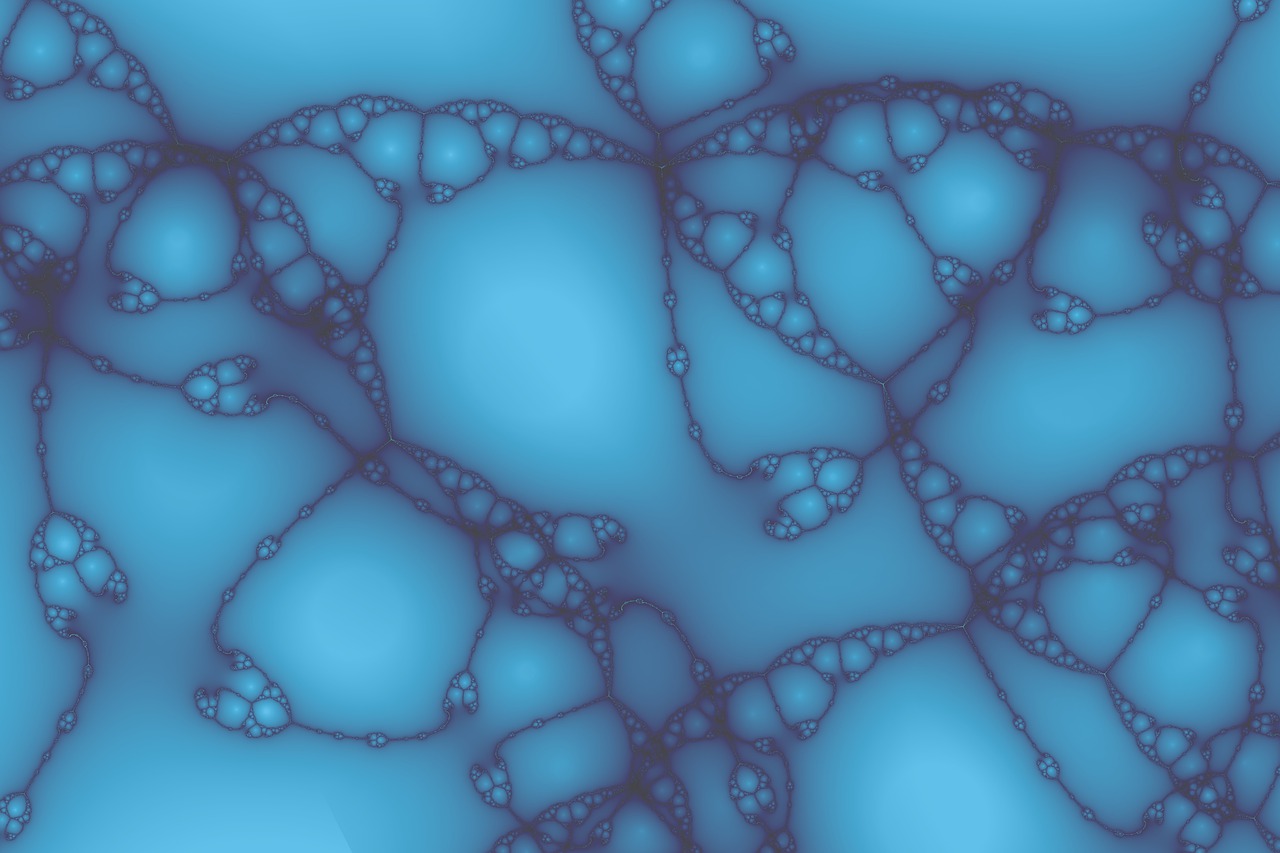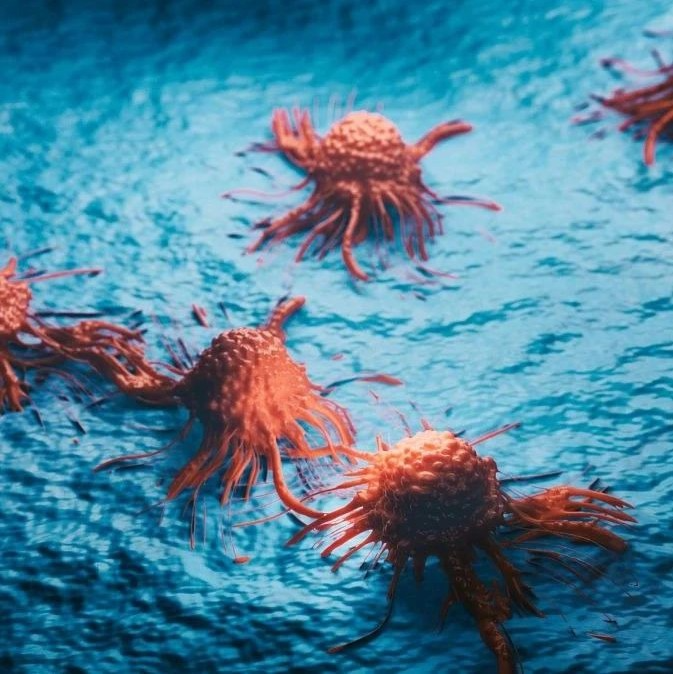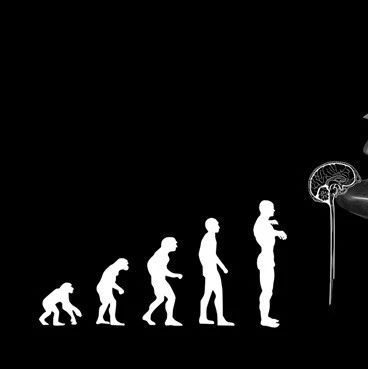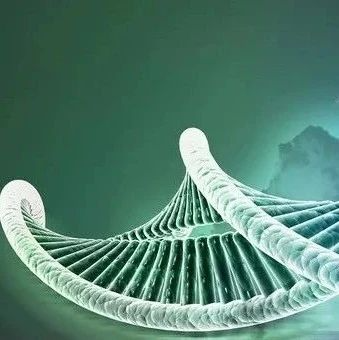来自美国人口理事会,温州医学院等处的研究人员发现大豆异黄酮进入人体后可产生类似雌激素的作用,干扰人类生殖器官的发育和功能。这一研究成果公布在《亚洲男性学杂志》上。领导这一研究的是美国人口理事会葛仁山教授。
一般观念认为大豆类食品对健康大有好处,但是最新的这项成果发现大豆异黄酮进入人体后可产生类似雌激素的作用,干扰人类生殖器官的发育和功能。有关该文章的报道在Nature News Wire上刊登后引起了包括The Independent Science在内的世界各国科学新闻媒体和科学家的关注。
这一论文首次报道了大豆异黄酮中的genistin对参与人类睾酮产生的两种酶有抑制作用。以往的动物实验证明大豆异黄酮对睾丸分泌睾酮所须的酶有干扰作用,而这项新的研究则首次发现大豆异黄酮对人类睾丸细胞中酶的抑制作用。葛仁山等发现genistin通过其代谢产物genistein直接抑制人类睾丸细胞中的3β-羟脱氢酶,这一抑制作用可能影响睾丸分泌睾酮。大豆类食品在世界各地越来越多地被作为非乳制品食用蛋白的来源,如果大豆异黄酮对血液中的雄激素水平有影响,它就可能影响公众健康,尤其是对用大豆配方食品喂养的婴儿产生影响。
这篇文章在The Independent Science,ResearchSEA、DNAIndia、Thaindian News、Zopag、Linkmarking、Mauritius News等全球十多家科学新闻网站报道后,有不少学者给以关注及评论。英国剑桥大学的Ieuan Hughes教授和诺里奇研究所的Paul Kroon博士认为此项研究仍只是初步的体外亚细胞实验,还未深入到体内实验阶段,而且人体摄入大豆异黄酮后,只有5%以genistein形式存在,所以在人类正常摄取量范围内其是否会产生生殖毒性仍有待讨论;这项研究仍属初步研究,还需要进一步进行深入的科学实验加以证明,从而为人类的健康饮食提供科学规范的指导。
推荐原文出处:
Asian Journal of Andrology doi: 10.1038/aja.2010.18
Effects of genistein and equol on human and rat testicular 3β-hydroxysteroid dehydrogenase and 17β-hydroxysteroid dehydrogenase 3 activities
Guo-Xin Hu1,2,*, Bing-Hai Zhao3,*, Yan-Hui Chu3, Hong-Yu Zhou2, Benson T. Akingbemi4, Zhi-Qiang Zheng5 and Ren-Shan Ge1,5
1Population Council, New York, NY 10065, USA
2School of Pharmacy, Wenzhou Medical College, Wenzhou 325000, China
3Heilongjiang Key Laboratory of Anti-fibrosis Biotherapy, Mudanjiang Medical University, Mudanjiang 157001, China
4Departments of Anatomy, Physiology and Pharmacology, Auburn University, Auburn, AL 36849, USA
5The Second Affiliated Hospital, Wenzhou Medical College, Wenzhou 325000, China
The objective of the present study was to investigate the effects of genistein and equol on 3β-hydroxysteroid dehydrogenase (3β-HSD) and 17β-hydroxysteroid dehydrogenase 3 (17β-HSD3) in human and rat testis microsomes. These enzymes (3β-HSD and 17β-HSD3), along with two others (cytochrome P450 side-chain cleavage enzyme and cytochrome P450 17α-hydroxylase/17-20 lyase), catalyze the reactions that convert the steroid cholesterol into the sex hormone testosterone. Genistein inhibited 3β-HSD activity (0.2 μmol L?1 pregnenolone) with half-maximal inhibition or a half-maximal inhibitory concentration (IC50) of 87 ± 15 (human) and 636 ± 155 nmol L?1 (rat). Genistein's mode of action on 3β-HSD activity was competitive for the substrate pregnenolonrge and noncompetitive for the cofactor NAD+. There was no difference in genistein's potency of 3β-HSD inhibition between intact rat Leydig cells and testis microsomes. In contrast to its potent inhibition of 3β-HSD, genistein had lesser effects on human and rat 17β-HSD3 (0.1 μmol L?1 androstenedione), with an IC50 ≥ 100 μmol L?1. On the other hand, equol only inhibited human 3β-HSD by 42%, and had no effect on 3β-HSD and 17β-HSD3 in rat tissues. These observations imply that the ability of soy isoflavones to regulate androgen biosynthesis in Leydig cells is due in part to action on Leydig cell 3β-HSD activity. Given the increasing intake of soy-based food products and their potential effect on blood androgen levels, these findings are greatly relevant to public health.







